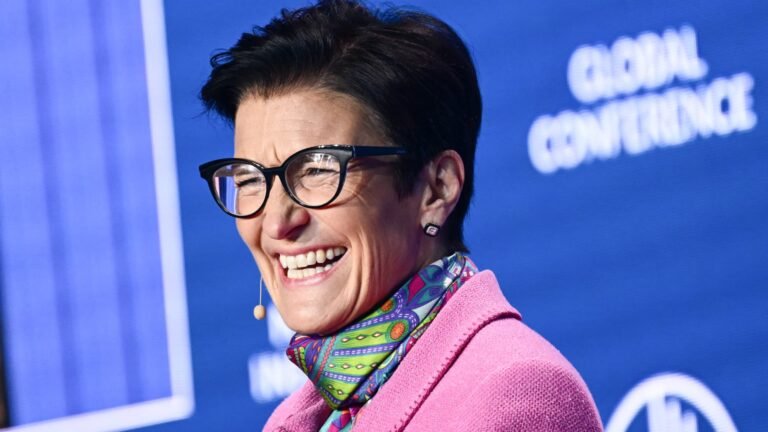
Most Medicare patients who reach the new $2,000 cap on out-of-pocket spending for prescription drugs may experience significant savings, as per a report released by AARP on Thursday. The report indicates that the cap could greatly benefit older adults in Medicare who struggle to afford expensive drugs for conditions like cancer and rheumatoid arthritis. These individuals, along with other U.S. patients, pay considerably more for prescription drugs compared to those in other developed countries.
The cap, which became effective at the start of this year, is a key provision in President Joe Biden’s 2022 Inflation Reduction Act aimed at reducing high drug costs. It includes a new $35 monthly cap on insulin and allows for Medicare drug price negotiations with manufacturers.
The report reveals that 94% of over 1 million Medicare Part D enrollees projected to hit the new cap in 2025 will see reduced out-of-pocket costs, saving an average of $2,474. This represents a 48% decrease in their total out-of-pocket expenses. The analysis, based on plan enrollment and premium data, among other factors, excludes Medicare beneficiaries receiving low-income subsidies and those in employer waiver plans.
Of the 1 million projected enrollees, an estimated 62% will save over $1,000 in 2025, with 12% saving more than $5,000. The remaining 6% are expected to face higher out-of-pocket costs, averaging $268 in additional spending in 2025. Notably, in 33 states and Washington, D.C., 95% or more of Part D enrollees are expected to reach the cap and have lower total out-of-pocket costs in 2025.
Leigh Purvis, AARP’s prescription drug policy principal, highlighted the significance of these savings for Medicare beneficiaries, especially those on fixed incomes. She noted that despite changes to Part D premiums in 2025, the positive impact of lower out-of-pocket costs for most patients reaching the $2,000 cap will outweigh any premium increases.
A separate report by AARP projects that 3.2 million Medicare recipients will benefit from the out-of-pocket cap in 2025, with an expected increase to 4.1 million enrollees by 2029. Medicare, covering around 66 million individuals in the U.S., includes 50.5 million patients enrolled in Part D plans, according to 2023 data from KFF.
The new price cap applies to all prescription drugs under Medicare Part D, excluding drugs administered in hospital or other healthcare settings like anesthesia and chemotherapy. Previously, Medicare beneficiaries typically had to spend $7,000 or more out of pocket on prescription medications before qualifying for catastrophic coverage, where insurance covers most of the drug costs with a small co-payment or percentage of the drug’s cost.







